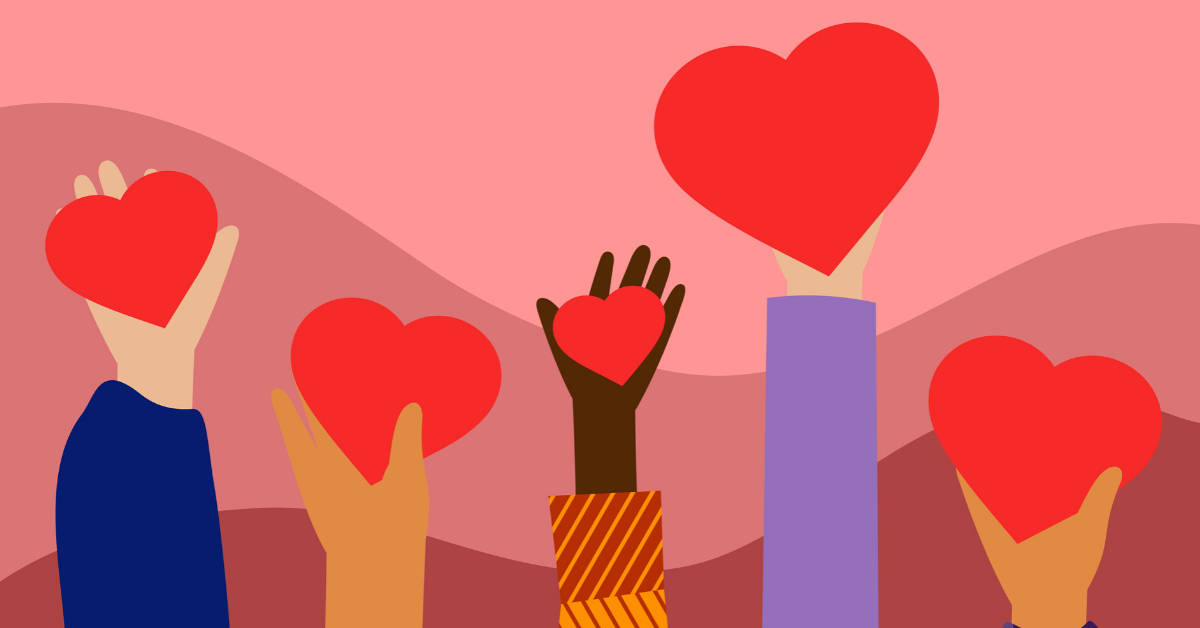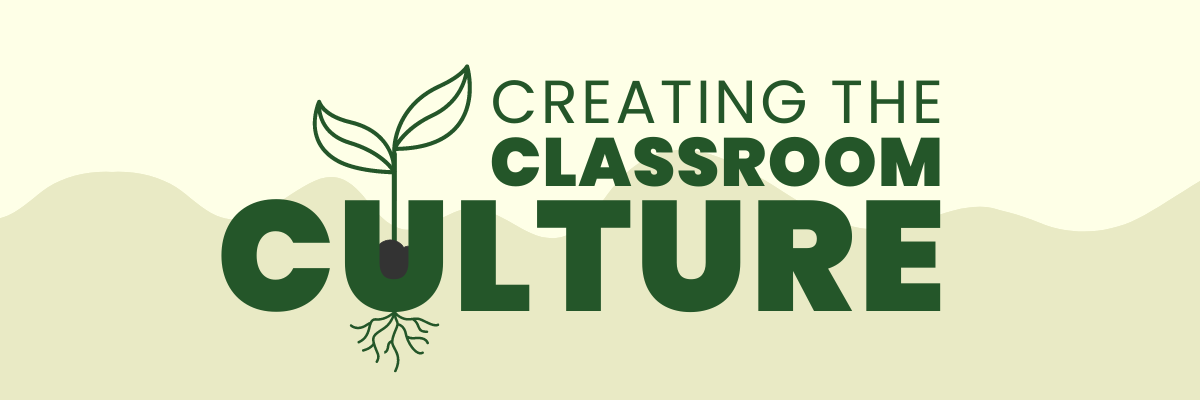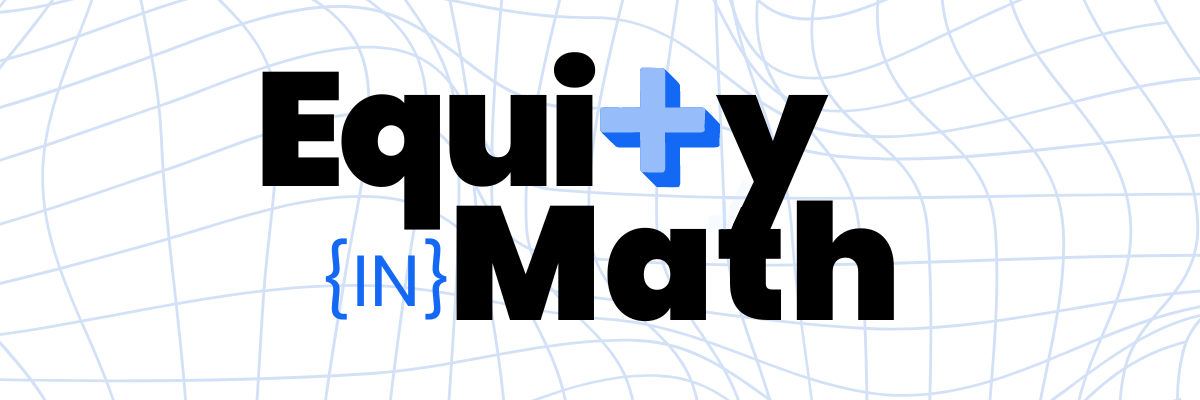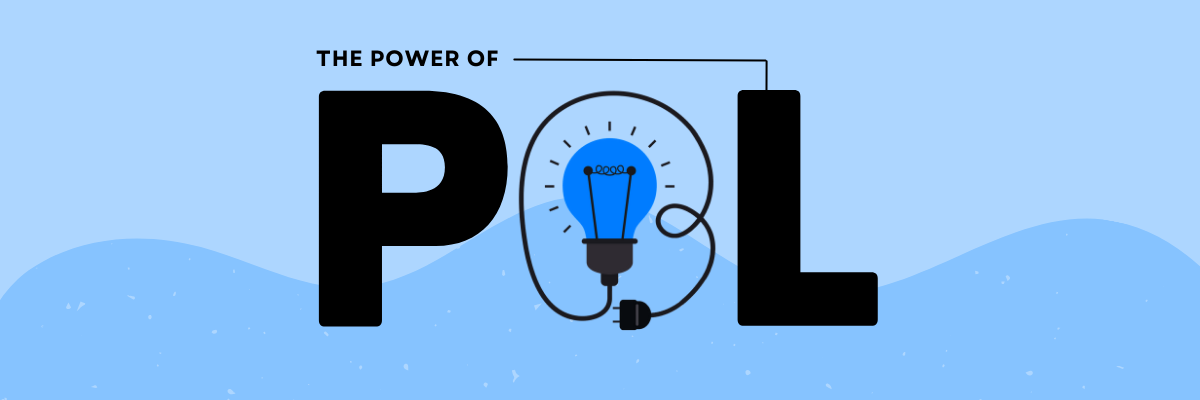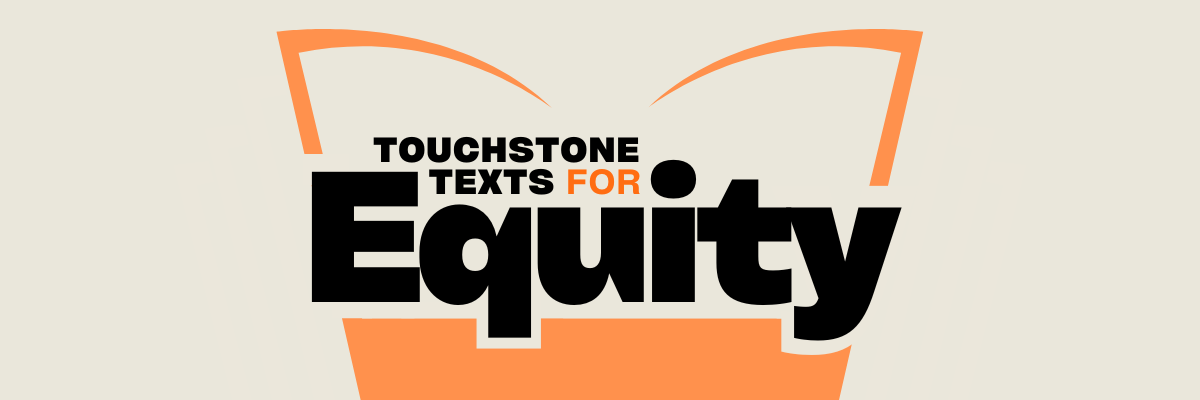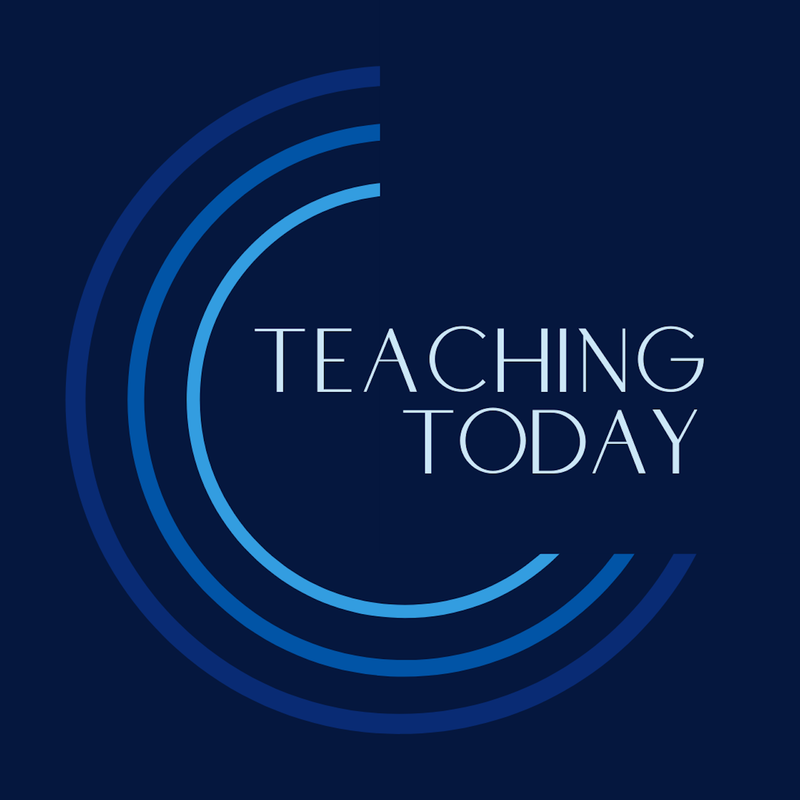|
Connections enhance our ability to build relationships, work toward resolving tensions, and communicate with compassion.
The first segment of every workshop, conference, or institute we lead always begins with reflection. Whether we’re engaging in a protocol, a free share, or a conversation starter, we like to take a moment at the beginning of our learning experiences to stop, pause, reflect, and to find ourselves in the moment so we can be fully present.
At our last Chancellor’s Day event, Inspire, we offered four reflection-based workshops that focused on the day’s theme: see and be seen. These workshops invite educators to reflect on a connection they want to deepen — connection to self, connection to students, connection to colleagues, or connection to communities. Within this framework, educators have the opportunity to explore practical instructional strategies that can be used for students and adults.
Connecting to self
What are your core values? When have you been the happiest, the most proud, the most satisfied? Using this article from Mindtools as a reference, you can investigate patterns and trends in your life — patterns that may reveal who you are at your core. Identify your values, then prioritize them. What’s more important to you — accuracy or efficiency? Honesty or peace? Community or independence? This process of identification and prioritization helps you drill down to the values that drive your work, personality, and passions.
Connecting to students
The more experience we gain as educators, the farther apart we are in age from our students. Generational differences, cultural differences, stylistic differences, and even language differences can separate us from truly connecting. It’s valuable to take a moment to question the assumptions we have about our students, and to resist allowing stereotypes or cultural differences to define them. Once we can articulate ways in which we see students, we can begin to critically reflect on these understandings and how they might limit our perceptions of who are students are, and of who they could become. This insight gives us the purpose and the motivation needed to push into our classrooms with a clear intention to find more points of connection with our kids.
Connecting to colleagues
One of the biggest changes in schools over the last decade is a focus on teacher collaboration. From teacher teams to co-teaching, teacher-to-teacher collaboration is at an all-time high. But increased collaboration also creates space for increased tensions, miscommunications, and misunderstandings between colleagues. Dealing with these dynamics while also teaching a class is extremely difficult. That’s why it’s important to build empathy and understanding. Repurposing a high-leverage instructional strategy, the Body Biography, allows us to better empathize with our fellow educators. The Body Biography allows us to use different parts of a body to represent different aspects of a personality or different actions — what we write in the mind communicates what a person is thinking, what we write in the hand communicates what they’re doing, and so on. By using the Body Biography as a tool for understanding our colleagues, we begin to see people from multiple perspectives — and blank areas will reveal key characteristics that we may not know about the people who are working alongside us every day.
Connecting with community
New York City has many diverse and unique communities. The more we connect with the community we’re teaching in, the better equipped we are to build relationships with our students, parents, and the neighborhoods in which we’re working. We can start by making connections between our communities and their narratives. Draw a map of your school community. Annotate it to illustrate the people who live within the community, and the stories they have to tell. How would these stories differ if told from a person who exists outside of the community? The differences between these two narratives will help us to better understand the lived experiences of our students and their families, and be more aware when our experiences differ. These realizations can also help us to be more mindful and intentional in how we tell stories about our community to others.
Each of these reflective activities helps us to make connections between ourselves and others. It takes vulnerability and bravery to walk into these spaces, to confront stereotypes, and to reflect and revise our practices. But the benefits are worth the risks. These connections enhance our ability to build relationships, work toward resolving tensions, and communicate with compassion.
|
|
The Center for Professional Education of Teachers (CPET) at Teachers College, Columbia University is committed to making excellent and equitable education accessible worldwide. CPET unites theory and practice to promote transformational change. We design innovative projects, cultivate sustainable partnerships, and conduct research through direct and online services to youth and educators. Grounded in adult learning theories, our six core principles structure our customized approach and expand the capacities of educators around the world.
|
ABOUT US
525 West 120th Street, Box 182 New York, NY 10027 416 Zankel Ph: (212) 678-3161 [email protected] Our Team Career Opportunities |
RESOURCES
Professional Articles Ready-to-Use Resources Teaching Today Podcast Upcoming PD Opportunities |
COACHING SERVICES
Custom Coaching Global Learning Alliance Literacy Unbound New Teacher Network Student Press Initiative |

